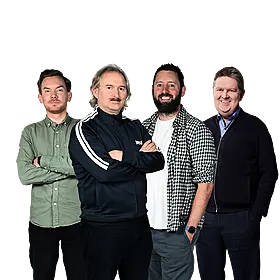Astronomers around the world are keenly tracing a comet called ISON today as it approaches the Sun as part of its orbit around the solar system. Dubbed the 'Comet of the Century', the celestial object - also known as C/2012 S1 - will provide scientists with extremely valuable data, whether or not it survives the extreme conditions it is about to experience..
Tonight's event is known as a perihelion i.e. a celestial object's closest pass to the Sun. ISON, which will be travelling at hundreds of kilometres per second, will pass about 1.17 million kilometres above the Sun's surface: it seems like a huge amount, but it means the comet will be passing massive amounts of solar radiation, heat and gravitational pull.
Many researchers are particularly interested in seeing whether or not ISON survives its trip around the star. If it does break-up - and some observations suggest it has done already - scientists are hoping to gain valuable information about its composition when it breaks up. If it survives, astronomers will be granted a few opportunities in December to see ISON pass near Earth's atmosphere, with a particularly good viewing opportunity during a 'close encounter' on the 26th of December.
In the video below, you can see some of the most recent images of the comet's journey, as captured by the ESA/NASA Solar and Heliospheric Observatory. NASA explains, "In these images, the comet looks quite bright as it moves in from the lower right of the image. A giant cloud of solar material, called a coronal mass ejection or CME, is also seen in the images bursting off the bottom of the sun and heading out into space. It is as yet unclear if the CME is heading towards ISON but even if it does, it poses no real danger to the comet."
For near real-time upgrades on ISON's trip - and it goes without saying you shouldn't look at the Sun yourself to try and spot it - check out NASA's dedicated site. 'Live' images will be appearing from around 6 PM Irish time.
Image Credit: ESA/NASA/SOHO









